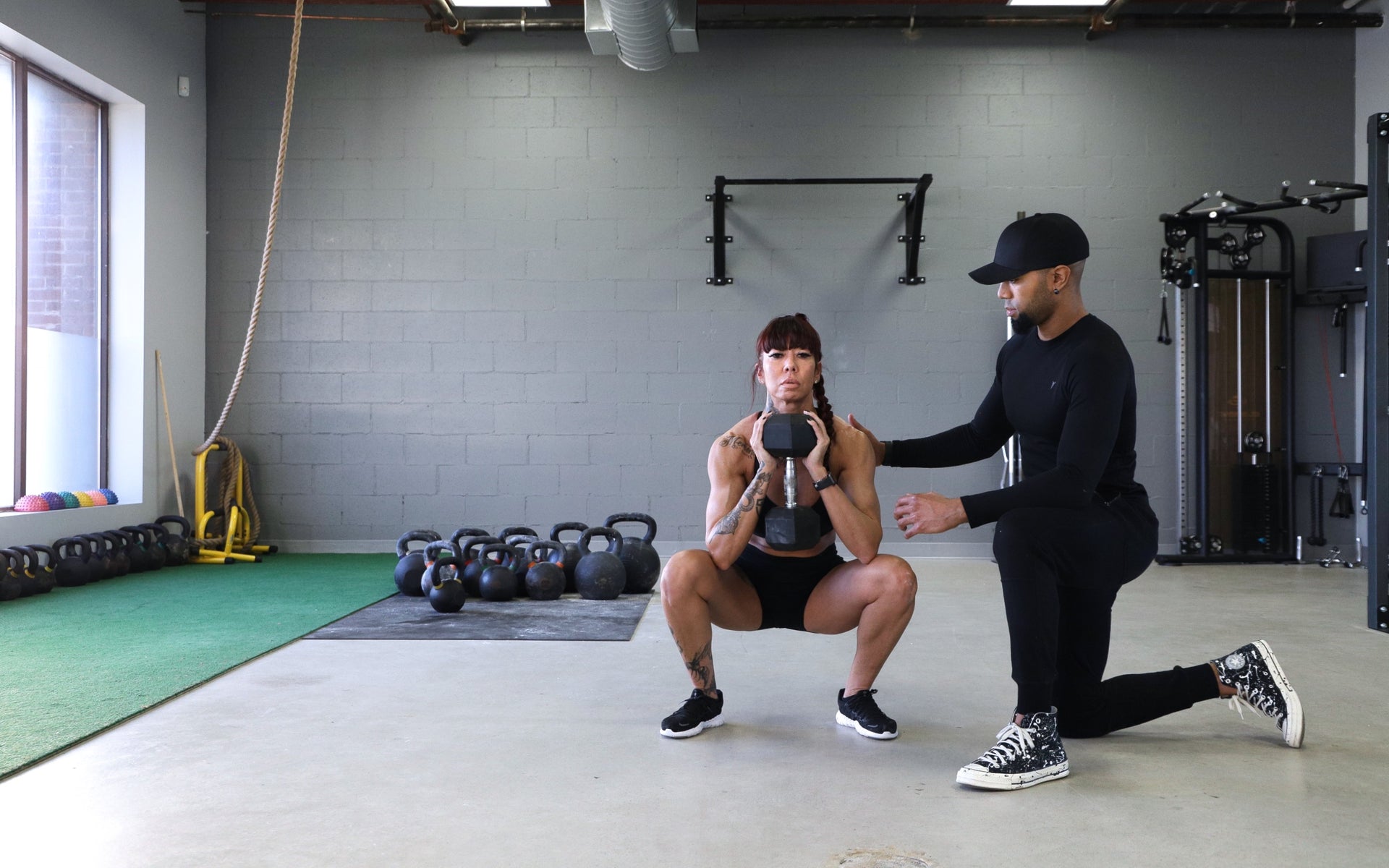
How To Ace Your CMTO OSCE Exam: Remix and Self Care
While the OSCE's exam overall was nerve wracking, this station was probably the least stressful for me given that I had a personal training background at the time and had been coaching clients for many years prior. If you don't have the same advantage as me going I'd highly recommend finding a friend who's into fitness and use them as your mock client so they can coach you on some of the basics of exercise, that way you get feedback in real time.
CRITERIA FOR THE REMIX/HOME CARE STATION:
1. Communicate the Purpose of Home Care:
"We're focusing on your lower back pain, which has been significantly impacting your daily activities and comfort."
2. State Two Significant Outcomes:
"With consistent practice of these exercises, you should experience reduced pain and increased flexibility in your lower back."
"Additionally, you should see an improvement in your overall posture, which will help prevent future discomfort."
3. State Possible Negative Reactions and Management:
"It's possible you might feel some mild soreness after the exercises, which is normal. To manage this, you can apply a cold compress to the area and ensure you're not overexerting yourself."
4. Advise Stoping or Modifying if Necessary:
"If you experience any sharp or severe pain, please stop the exercises immediately and let me know."
5. Demonstrate Home Care with Clarity and Good Form:
(Demonstrate each exercise clearly, and make sure the client understands the correct form and technique.)
6. Client Demonstrates Exercises:
"Now, I'd like you to try these exercises while I observe and provide any necessary corrections."
7. State All Parameters of Home Care:
Isometric Exercises:
"Hold each contraction for 5 seconds, complete 8-10 repetitions, and perform 2-3 sets. Do this 3-4 times a week, taking a 30-second to 1-minute break between sets."
Isotonic Exercises:
"Perform 10-12 repetitions, complete 3 sets, and do this once a day, 3-4 times a week, with 30-second to 1-minute breaks between sets."
Stretching:
"Hold each stretch for at least 30 seconds, breathe deeply while stretching, and then move into a deeper stretch for another 30 seconds if comfortable."
8. Ask if the Client has Any Questions:
"Do you have any questions about these exercises or anything else we've covered today?"
Mock Example Conversation
Therapist:
"Hi Cecelia, today we'll focus on home care exercises to help reduce your lower back pain and improve your posture. With regular practice, you'll notice reduced pain and better flexibility in your lower back, as well as improved overall posture to prevent future discomfort.
There might be some mild soreness after these exercises, which is normal. You can use a cold compress and make sure you're not overexerting yourself. However, if you experience any sharp or severe pain, stop the exercises immediately and let me know.
First, I'll demonstrate the exercises for you."
(Therapist demonstrates the exercises with clarity and good form)
Therapist:
"Now, I'd like you to try these exercises while I observe and provide any necessary corrections."
(Client demonstrates the exercises with the therapist observing and correcting as needed)
Therapist:
"Great job, Cecelia! Here are the parameters for your home care:
For isometric exercises, hold each contraction for 5 seconds, complete 8-10 repetitions, and do 2-3 sets. Perform these 3-4 times a week, taking a 30-second to 1-minute break between sets.
For isotonic exercises, do 10-12 repetitions and complete 3 sets once a day, 3-4 times a week, with 30-second to 1-minute breaks between sets.
For stretching, hold each stretch for at least 30 seconds, breathe deeply, and then move into a deeper stretch for another 30 seconds if you feel comfortable.
Do you have any questions about these exercises or anything else we've covered today?"
Definitions of Isotonic and Isometric Exercises Using an Analogy
Isometric Exercise:
Think of isometric exercises as pushing against a wall. You're exerting force, but the wall doesn't move, and neither do your muscles change length. The contraction happens without any movement.
Isotonic Exercise:
Imagine lifting a box. As you lift (concentric phase) and lower (eccentric phase) the box, your muscles are changing length. This is like isotonic exercises where muscles contract and lengthen through a range of motion.
